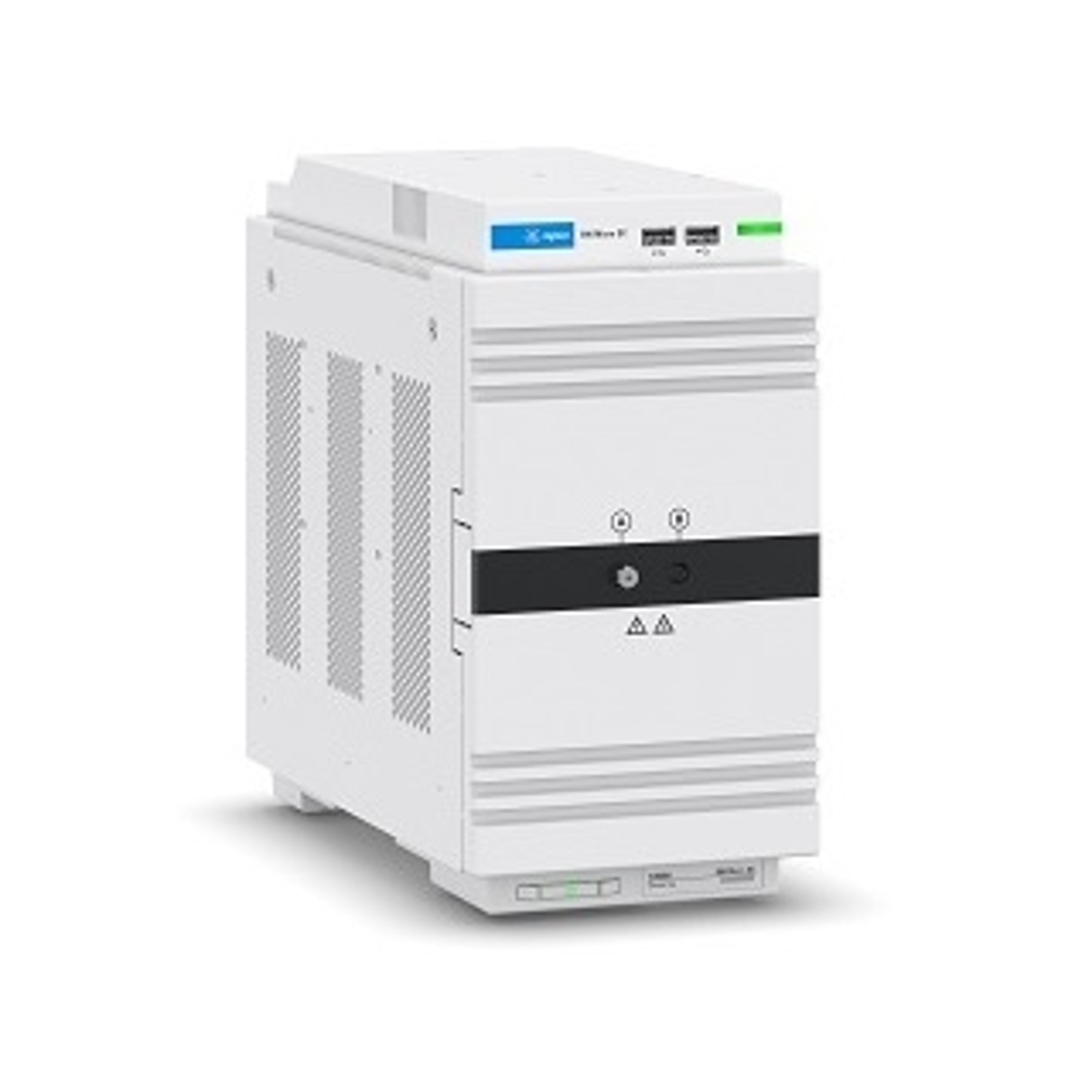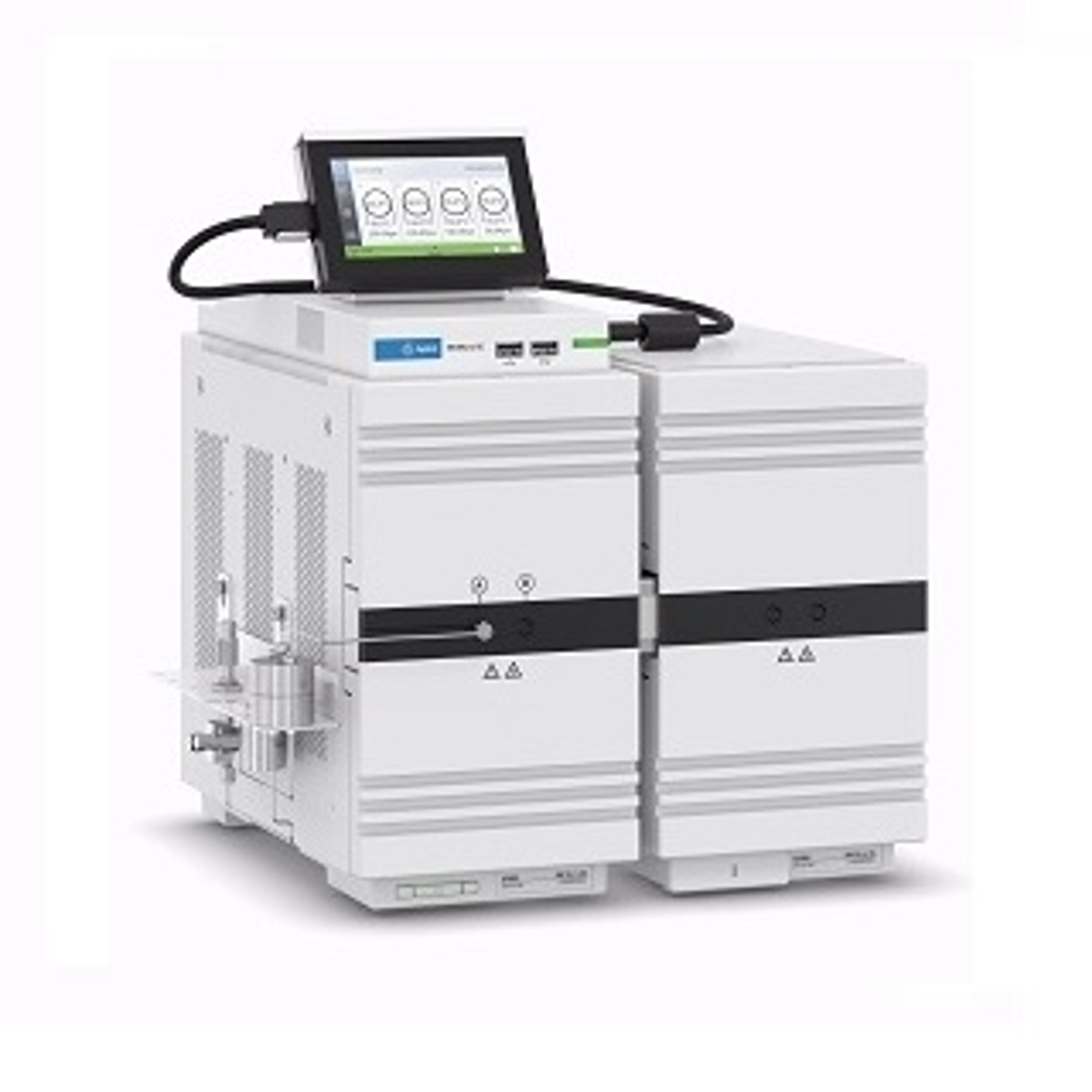Material Analysis of Comet may Reveal Secrets of the Big Bang
14 Nov 2014
In an outstanding example of aeronautical science, the European Space Agency successfully coordinated the world's first controlled landing on a comet. Philae (the lander) successfully landed on Comet 67P/Churyumov-Gerasimenko after 10 years of traveling through space. The landing was relayed to earth through the Rosetta orbiter and confirmation was received on November 12th 2014 at 16:03 GMT (17:03 CET). Philae continued to bounce twice and finally anchored itself to the surface of the comet, much to the delight and celebration of the European Space Agency.
But while that was a stunning, unique feat, it’s the information gathered while on the comet that’s the really interesting part. The dust and atmospheric composition of the comet are being collected and analyzed using everyday equipment, such as GC columns. It is hoped that this information will give an insight into the story of the Big Bang. Philae will continue to perform the series of scientific tests while on the comet using the specifically designed instruments listed below:
Instruments on Philae (the lander)
- COSAC (COmetary SAmpling and Composition experiment) is a gas analyzer that detects and analyzes complex organic molecules. The analyzer consists of 8 capillary columns including two Agilent Technologies columns (UltiMetal Carbobond and CP-Chirasil-DEX CB). COSAC also uses the MicroGC Thermal Conductivity Detectors from Agilent.
- PTOLEMY is a gas analyzer that measures the isotopic ratio of the light elements such as hydrogen, carbon, oxygen and nitrogen. This GC-MS system contains 3 Agilent columns: CP-PoraPLOT Q, CP-Molsieve 5A and CP-Sil-8 CB.
- APXS (Alpha X-Ray Spectrometer) measure the elemental composition by detecting X-rays and alpha particles on the comet's surface.
- ÇIVA is made up of six cameras that gives a panoramic view of the surface giving information on texture, reflectivity and composition.
- CONSERT (Comet Nucleus Sounding Experiment by Radiowave Transmission) probes the internal structure of the nucleus. Radio waves from CONSERT on Rosetta are sent through the comet to the CONCERT on Philae which are then returned by transponder back to Rosetta.
- MUPUS (Multi-Purpose Sensors for Surface and Subsurface Science) uses sensors to measure density, thermal and mechanical properties of the comet's surface.
- ROLIS (Rosetta Lander Imaging System)generated high-resolution images during the decent to the comet.
- ROMAP (Rosetta Lander Magnetometer and Plasma Monitor) is a magnetometer that monitors the local magnetic field of the comet and its interation with solar wind.
- SD2 (Sample and Distribution Device) takes samples from beneath the comets surface and delivers them to ovens or microscopes for analysis.
- SESAME (Surface Electrical Sounding and Acoustic Monitoring Experiments) measures the properties of the comet's outer layers.
The technology onboard Rosetta (the orbiter):
- ALICE (Ultraviolet Imaging Spectrometer) analyzes the gases (water, carbon monoxide/dioxide) produced by the comet.
- CONSERT (Comet Nucleus Sounding Experiment by Radiowave Transmission) sends radio waves from Rosetta through the comet to the CONCERT on Philae which are returned by a transponder back to Rosetta in order to deduce the internal nucleic composition.
- COSIMA (Cometary Secondary Ion Mass Analyzer) characterizes the dust particles emitted from the comet.
- GIADA (Grain Impact Analyzer and Dust Accumulator) analyzes the properties of dust particles including velocity and momentum.
- MIDAS (Micro-Imaging Dust Analysis System) analyzes the dust surrounding comet.
- MIRO (Microwave Instrument for Rosetta Orbiter) determines the surface temperature of the nucleus and gases emitted from the comet.
- OSIRIS (Optical, Spectroscopic and Infrared Remote Imaging System) captures high-resolution images with wide-angle and narrow-angle cameras.
- ROSINA (Rosetta Orbiter Spectrometer for Ion and Neutral Analysis) contains two sensors that determine the composition of the comet's atmosphere and any gaseous reactions that occur.
- RPC (Rosetta Plasma Consortium) measures the physical properties of the comet and how the effect of solar wind.
- RSI (Radio Science Investigation) measures the shift in frequencies deducing the mass and gravity of the comet's nucleus.
- VIRTIS (Visible and Infrared Thermal Imaging Spectrometer) maps the structure and the temperature of the comet's surface.


